The domestication of cats and dogs started at different times and for distinct purposes, shaping their behavioral traits into what we recognize today. Cats were domesticated around 9,000 years ago primarily for pest control, while dogs have been companions for approximately 14,000 years, serving as guards, hunters, and herders. These differing roles have contributed to their varying degrees of independence.
Instinctual Behaviors
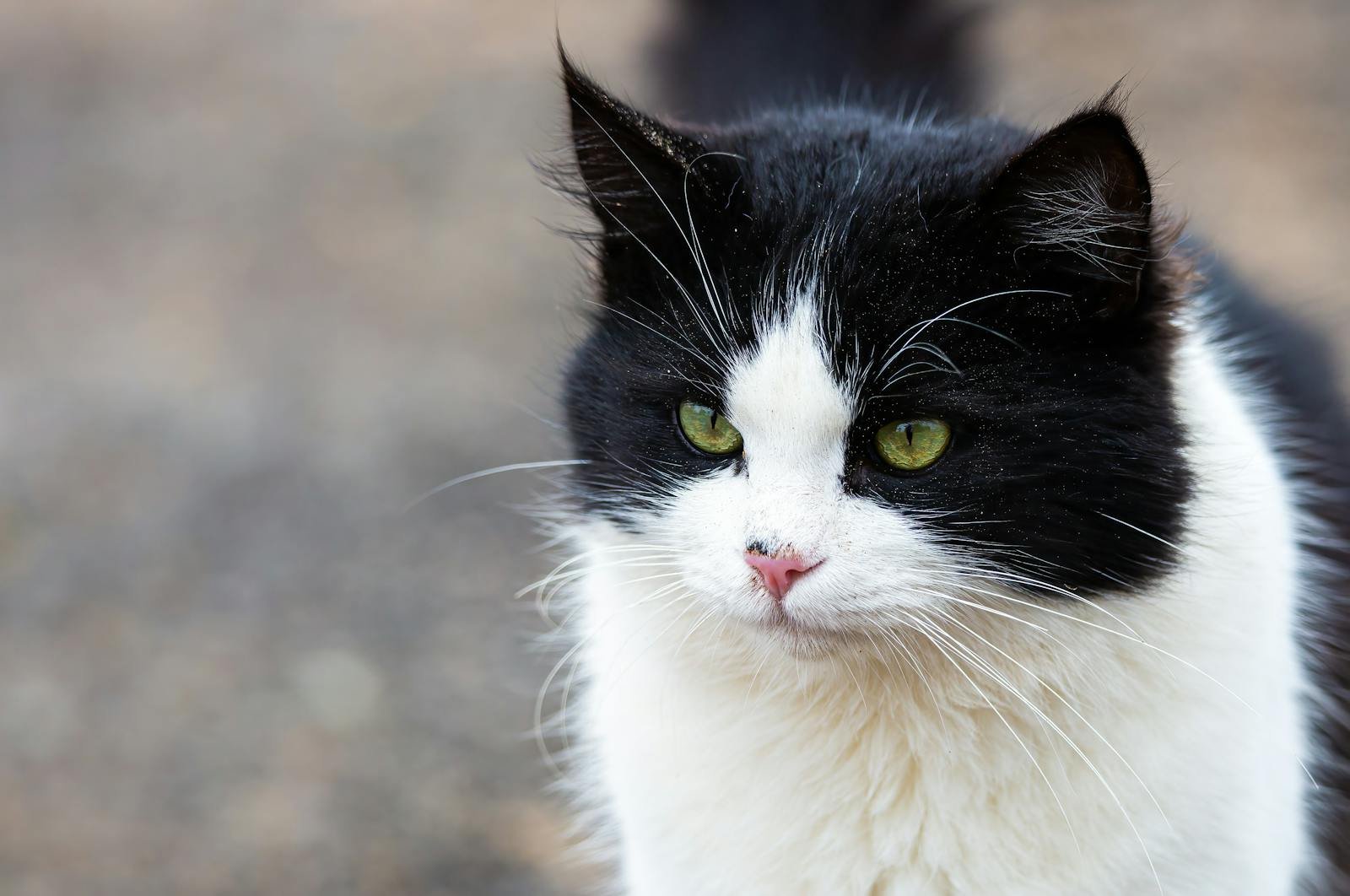
Cats are natural predators and have retained more of their ancestral hunting instincts. Even domesticated cats often feel the urge to hunt and can manage life in the wild with relatively little human intervention. Conversely, dogs evolved in closer partnership with humans, making them more reliant on us for both food and social structure.
Social Structure and Interaction
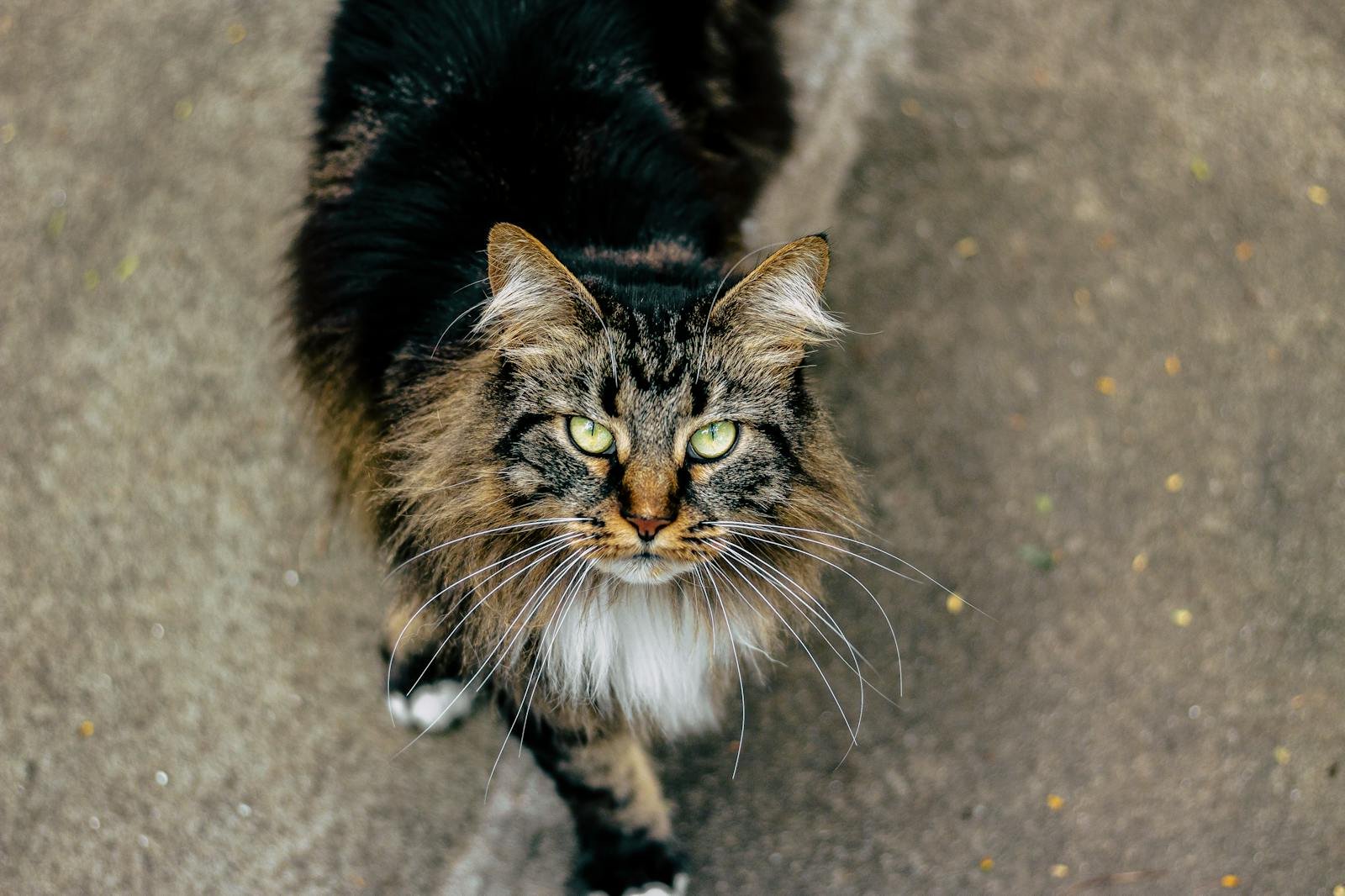
Cats are generally more solitary creatures, reflecting the behavior of their wild ancestors. This solitary nature contributes to their independence as they don’t require the pack hierarchy and constant interaction that dogs do. Dogs, in contrast, are pack animals and thrive on social bonds, seeking attention and approval from their owners.
Self-Sufficiency
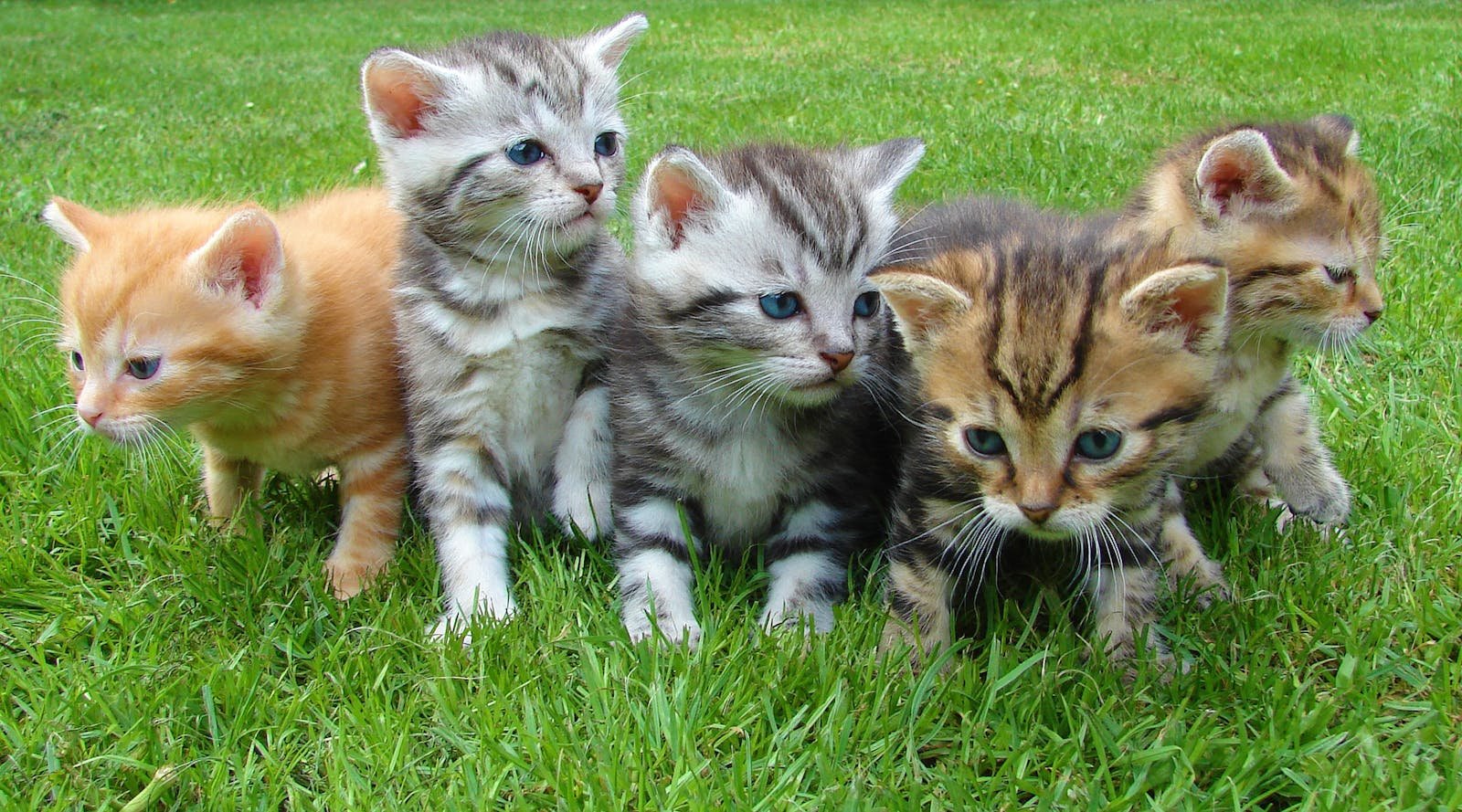
A cat’s ability to groom itself is another marker of its independence. Cats are meticulous about cleanliness and rarely need human assistance for grooming, unlike many dog breeds that require regular baths and grooming sessions to maintain hygiene.
Territorial Instincts
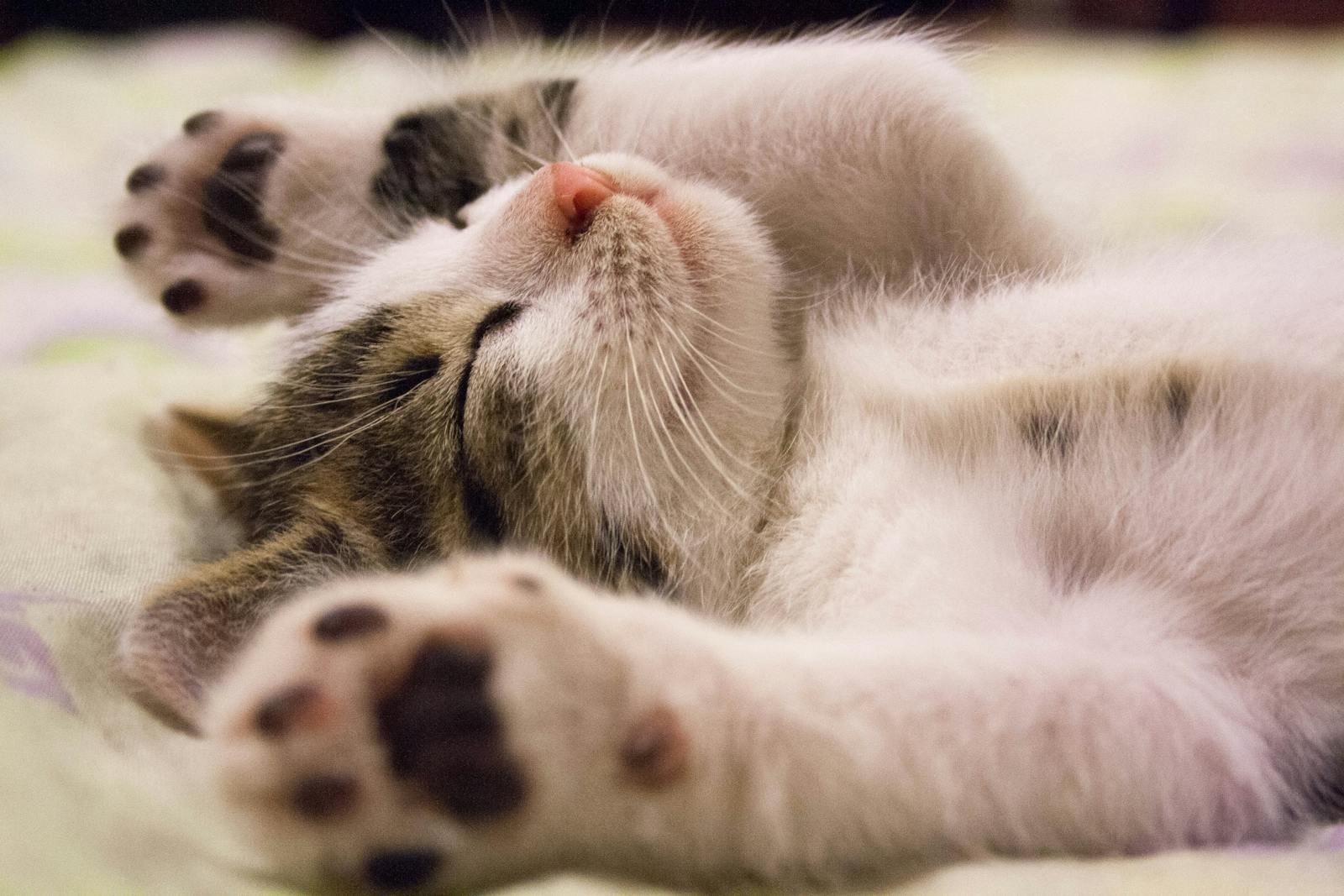
Cats are highly territorial and possess a strong sense of self-assurance within their domains. They often patrol their boundaries and tend to be more adaptable in the wild compared to dogs. Dogs, however, feel most secure when accompanied by their human “pack,” displaying their dependence on their owners for safeguarding their territory.
Communication Style

When it comes to signaling their needs, cats and dogs differ significantly. Cats communicate in various subtle ways to indicate disturbance or contentment, making them rely more on themselves. Dogs have a more direct method of communication, such as barking or whining, which signals a need for human action to solve their issues.
Training and Obedience
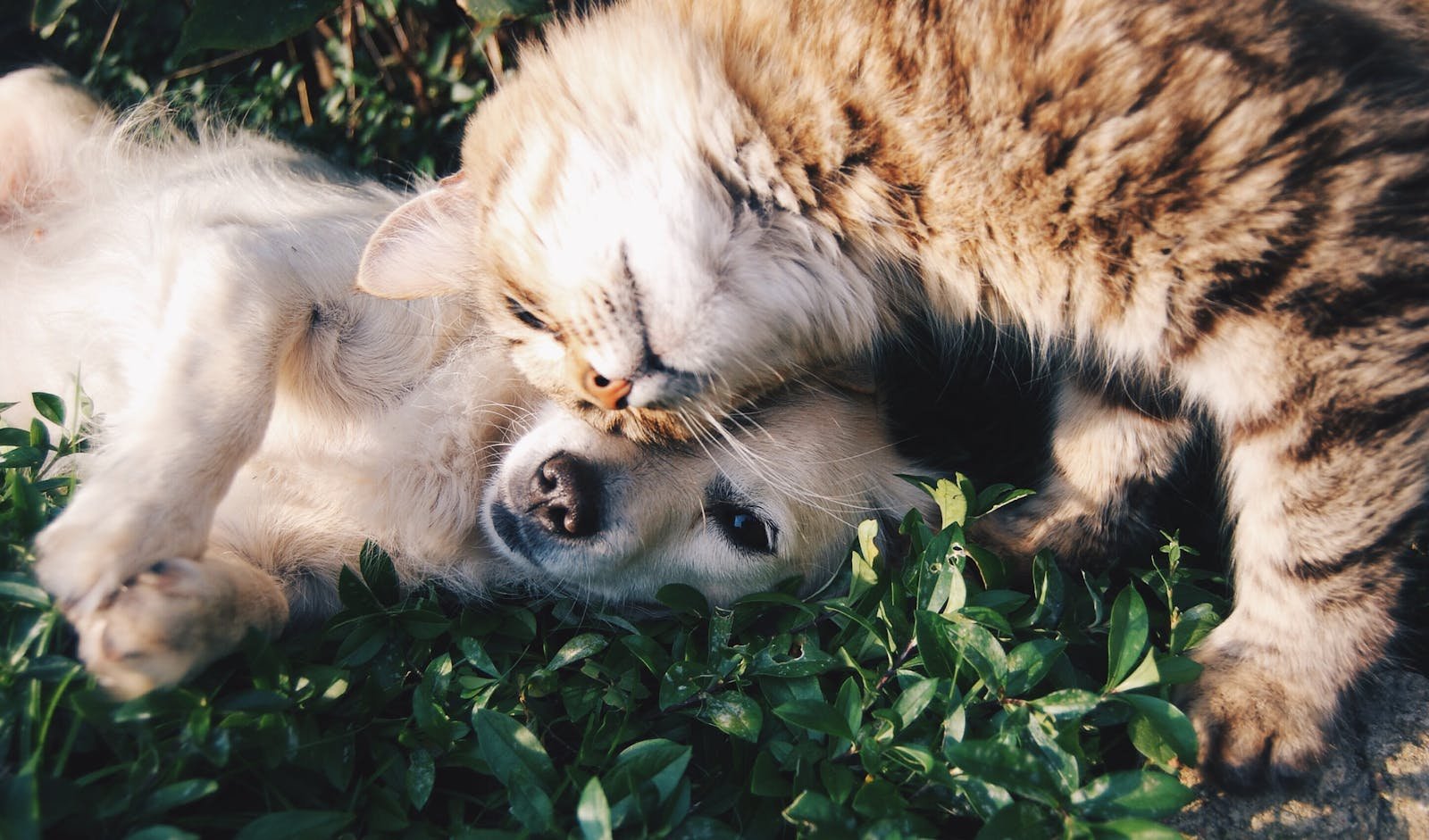
Training dogs is often more straightforward than training cats due to their desire to please people. Dogs respond to commands and training more readily as a way to be part of the social order. Cats, being autonomous, might not see the point of following human commands when they can achieve personal objectives independently.
Survival Instincts
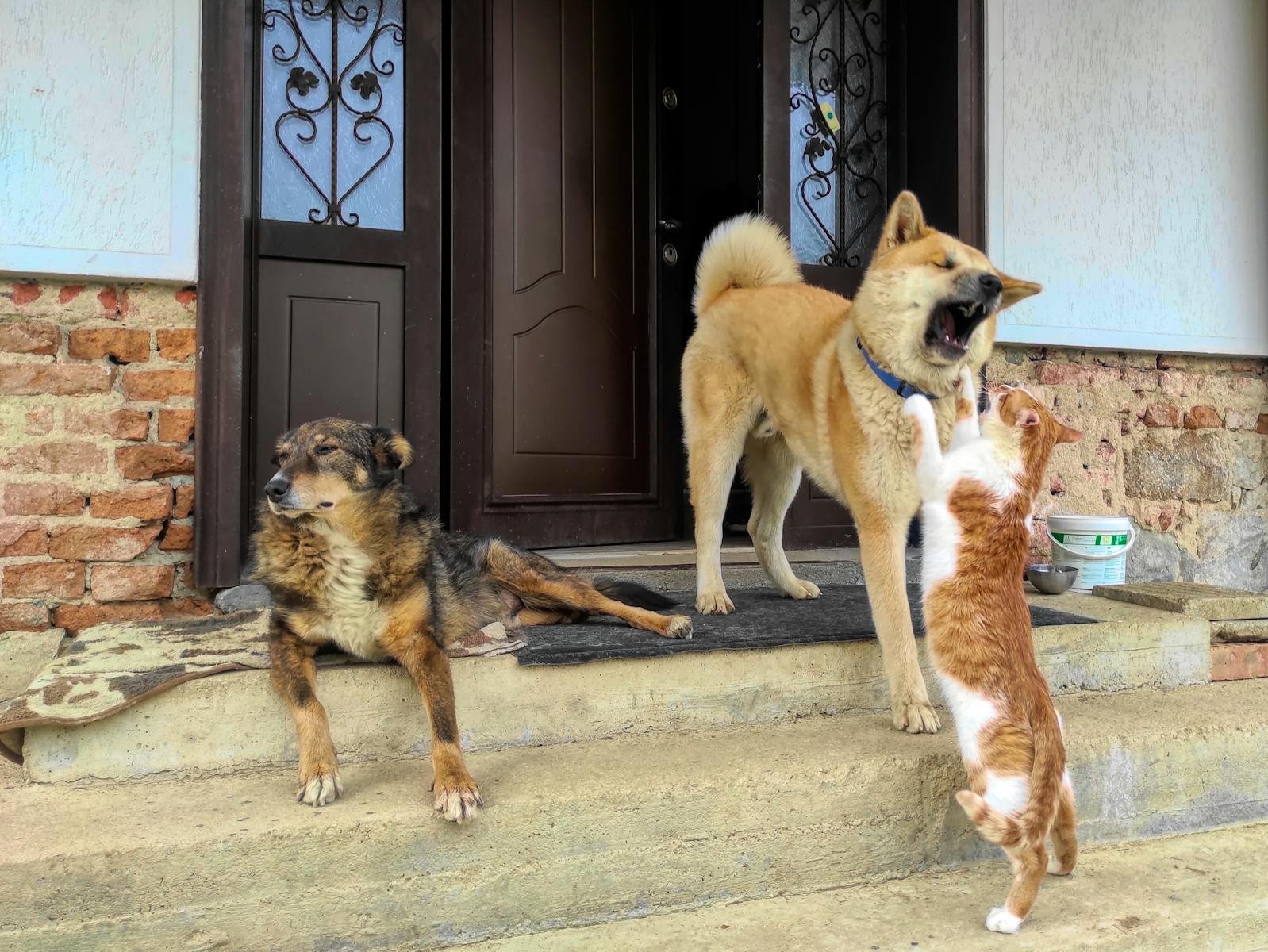
Cats still display a strong set of survival instincts from their wild ancestry. They can hunt small prey and fend for themselves for extended periods without human help. This self-sufficiency is much less pronounced in most dog breeds, which would struggle in similar scenarios without human assistance.
Senses and Perception
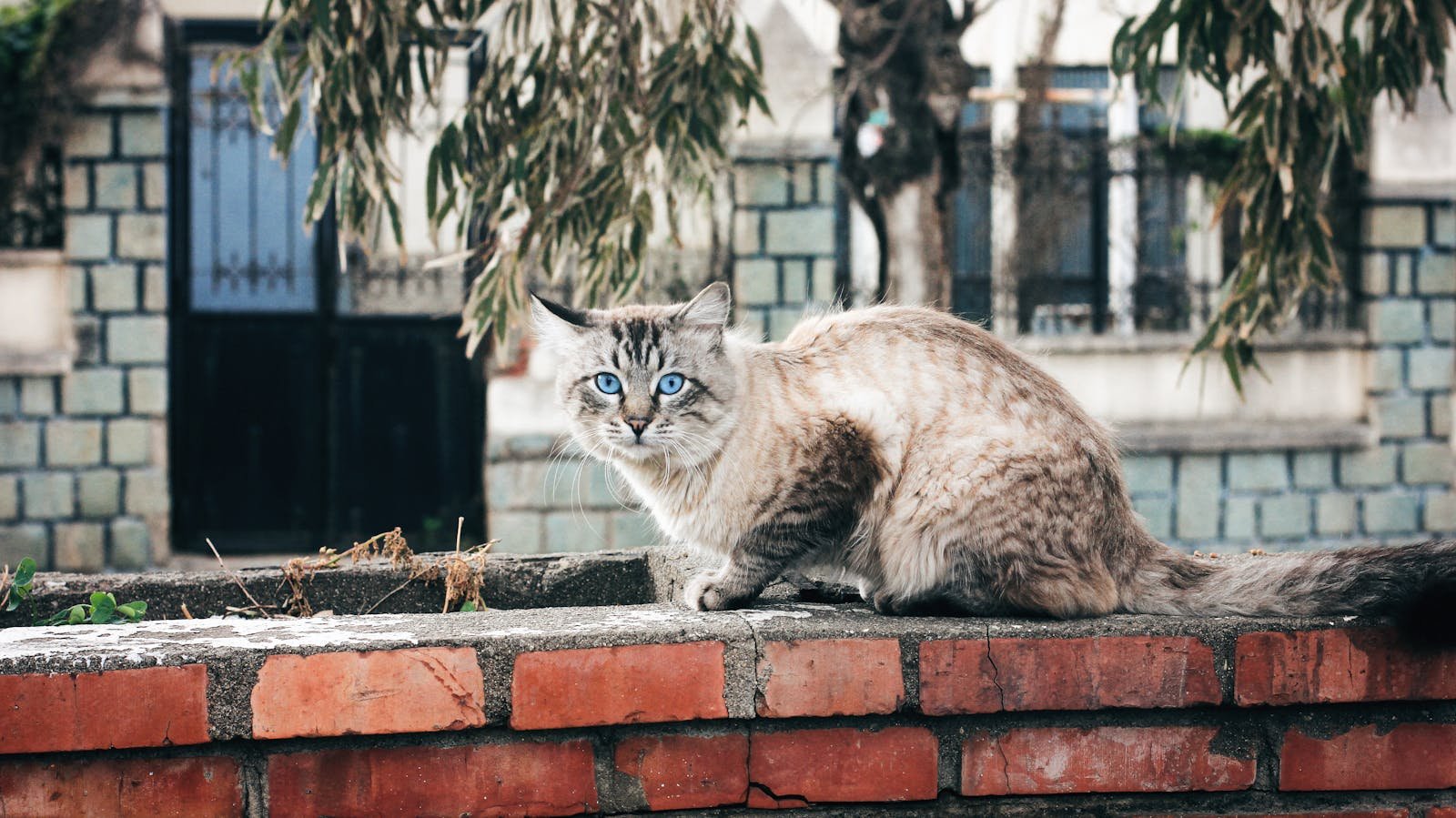
Cats are known for their sharp senses, granting them heightened awareness of their surroundings. Their exceptional vision, acute hearing, and keen sense of smell all work together, allowing them to identify potential threats or opportunities without human intervention. Dogs, while also possessing strong senses, often rely on humans to interpret and respond to stimuli in their environment.
Emotional Independence
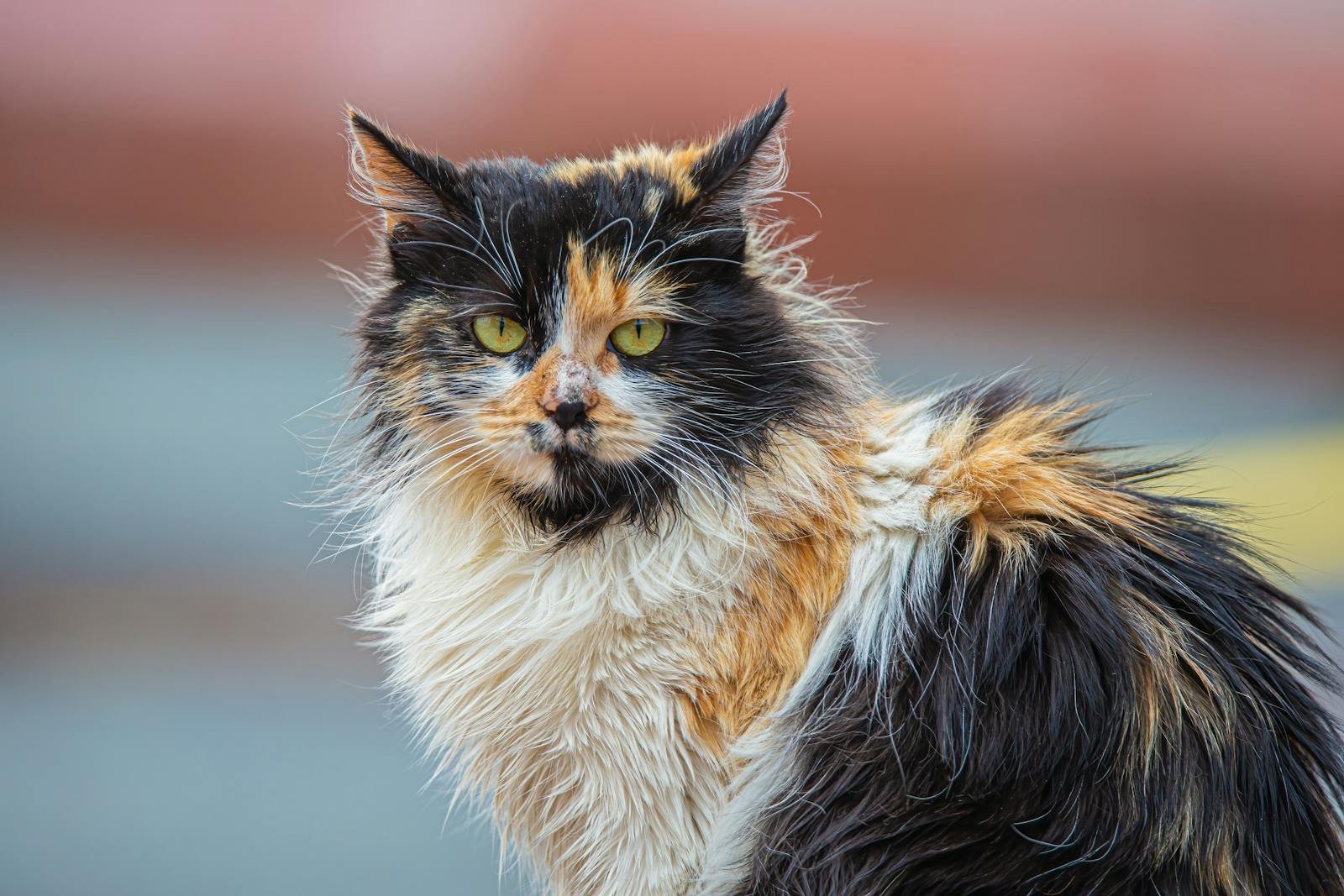
Cats generally exhibit more emotional independence than dogs, often seeming aloof and more content spending time alone. Although cats can form strong attachments to their owners, they don’t typically exhibit the same level of separation anxiety observed in dogs. This behavioral trait underscores the notion of cats being independent by nature.
In summary, the distinct evolutionary paths and behavioral patterns of cats and dogs explain why cats generally exhibit more independence. While both animals offer companionship and joy to millions of owners, recognizing these differences can enhance the bond humans share with their feline and canine friends.
Hi, I’m Bola, a passionate writer and creative strategist with a knack for crafting compelling content that educates, inspires, and connects. Over the years, I’ve honed my skills across various writing fields, including content creation, copywriting, online course development, and video scriptwriting.
When I’m not at my desk, you’ll find me exploring new ideas, reading books, or brainstorming creative ways to solve challenges. I believe that words have the power to transform, and I’m here to help you leverage that power for success.
Thanks for stopping by, Keep coming to this website to checkout new articles form me. You’d always love it!






